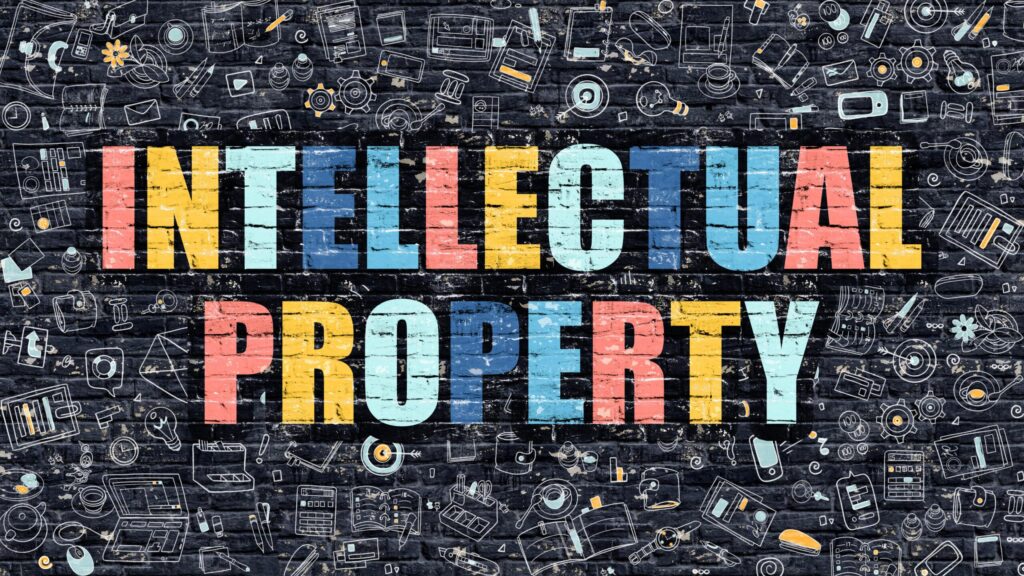Real, or physical, property is vastly different from intellectual property (IP). The former refers to land and other physical objects, while the latter involves assets of the mind. Understanding the differences between real property and intellectual property can help individuals and businesses protect their assets more effectively. A seasoned California intellectual property lawyer with L.A. Tech & Media Law can explain real property vs intellectual property and help clients with their other IP concerns. To learn more, contact our office today by calling (310) 751-0181.
Real Property vs Intellectual Property Explained
The United States Department of Energy defines real property as land and items that are permanently attached to the land. This definition includes fences, buildings, and electrical, heating, and plumbing fixtures. In contrast, the United States Department of State describes intellectual property as unique work related to an individual’s creativity. Innovators utilize legal and conceptual tools, like patents, industrial designs, trademarks, trade secrets, and copyrights, to protect their IP.

What Is Considered Intellectual Property?
IP entails unique intellectual products, like brand names, logos, product designs, and inventions. They refer to creations, rather than merely ideas, meaning that a published novel, or even the draft of a novel sitting on the writer’s desk, is a form of intellectual property, whereas the concept of a conflicted hero is not. Similarly, the software code for a new computer program constitutes intellectual property, but simply having a good idea for an app is unlikely to entitle you to legal protections based on the concept of intellectual property.
IP can belong to companies or to individuals. In some instances, more than one individual or entity may share joint ownership, as when partners develop a prototype and seek patent protections for a new piece of equipment in collaboration. In addition, the owners of IP may sell these assets or transfer them to other people or companies. Licensing the use of IP, especially patented and copyrighted works, is also a common practice in many fields.
What Are the 4 Types of Intellectual Property Rights?
Intellectual property rights include all the rights related to the intangible assets that a company or individual owns that are eligible for legal protections against unauthorized use. While there are several different types, the four primary kinds of IP rights are trademarks, trade secrets, patents, and copyrights.
To learn more about intellectual property protection strategy for startups, pick up a copy of Tip-Top Startups. Legal and Business Playbook Optimized For Innovation, now available on Amazon.
IP owners often acquire multiple rights to protect their creations. The same company may utilize a trademark to protect the name of its goods while also relying on copyright law to guard against the unwanted use of a jingle included in a television advertisement. Below is more information concerning these rights.
Patents
The United States Patent and Trademark Office (USPTO) issues patents to inventors of new machines and processes. Patents prevent others from using these inventions, giving the inventors exclusive rights to them. Often used by technology companies, there are three main kinds of patents:
- Design patents: These protect an invention or device’s distinct appearance. The shape of the Coca-Cola bottle is a familiar example.
- Utility patents: These are the most prominent types of patents that protect products serving a helpful and practical purpose, such as computer software, pharmaceutical production, and car safety systems.
- Plant patents: Such patents safeguard new plant varieties, such as a newly developed cultivar of plant that is less susceptible to pests. Inventors may use these alongside a design patent if they wish to protect the visual traits that distinguish the new cultivar from closely related strains of the same species.
Learn more about the differences between real property vs intellectual property and gain assistance protecting your IP by arranging a consultation with a California intellectual property lawyer from L.A. Tech & Media Law. Visit www.techandmedilaw.com or call 310-751-0181.
Trademarks
Trademarks protect the words, sounds, logos, symbols, or colors that a business uses to distinguish its goods or services from its competitors. Unlike patents, which only protect a single product, trademarks can cover several goods. Registered trademarks can last indefinitely, in contrast with copyrights and patents, as long as the owner continuously uses them and submits the required maintenance documents to the USPTO on schedule.
Copyrights
Copyright law provides authors of original intellectual property with rights that prevent others from using these works without consent. In contrast with patents, these rights relate to tangible assets that may be either unpublished or published, such as poems, original speeches, songs, movies, architectural drawings, computer software, and novels.
When an author creates a new and original piece of work, they automatically gain the copyright for it. While not legally required, they may wish to register this right with the United States Copyright Office to gain a registration certificate and have a public record of the details concerning the copyright. This record can be useful in the event that the copyright holder later needs to file an infringement lawsuit.
Trade Secrets
These rights apply to commercially valuable IP that is not public knowledge. Such intellectual property might include the recipes, processes, and formulas used to produce specific goods that give the owner an advantage in the marketplace. These assets can be intangible or tangible and must remain secret, by actively protecting the item’s classified information, to maintain their legal protection.
What Is an Example of Intellectual Property?
Many types of IP exist, such as a business’s name, good, or process, which help companies improve their market value, create new assets that generate profits, and distinguish themselves in crowded marketplaces. Some common examples include:
- Logos and brands
- Products and inventions
- Product names
- Computer software
- Music
- Designs
- Appearance and shape of goods
- Photographs, in both digital and printed forms
- Paintings
- Books and poems
How Does Intellectual Property Differ From Real Property Like a Car or House?
Two of the key differences between intellectual property and real property are:
- Social aspect: Since IP involves ideas, and these only benefit the owner when expressed, this type of property is inherently social. For example, if someone had an idea they wished to transform into music, the idea only benefits the owner if they share the song with the public and perform it; after which, others start to appreciate it and consider paying for it. While others may choose to share their real property with others, it is not necessary to do so to gain its benefits.
- Shareability: In contrast with real property, intellectual property is far more shareable. Unlike a car, many individuals may simultaneously hold and use a particular idea, whereas only a select few can have and use the same vehicle. However, this does mean that intellectual property is more susceptible to misattribution and theft due to others taking credit for a person’s inventions and ideas without the original owner necessarily knowing.
Contact a Los Angeles Intellectual Property Lawyer Today
Due to the differences between physical property and IP, protecting these assets requires a varied approach. Consider contacting a Los Angeles intellectual property lawyer to explore the legal options applicable to your particular situation. Find out more about real property vs intellectual property and discover how L.A. Tech & Media Law can be of assistance by calling (310) 751-0181.

